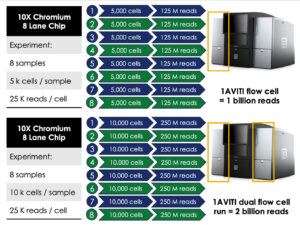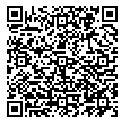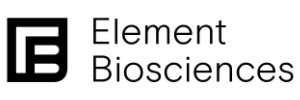Sponsored content brought to you by
Single cell sequencing is a powerful technique for revealing hidden complexity within cell populations. The technique has found widespread adoption in fields such as immunology, neuroscience, and cancer research where small populations of cells with unique gene expression profiles can have profound impacts on entire systems. In single cell experiments, it is important to choose tools that work together efficiently and cost-effectively to enable the in-depth analysis often needed to generate new insights into human disease or identify new targets for therapeutic interventions. Single cell sequencing requires at least two paired tools: a system for attaching barcodes to RNA by cell of origin and a sequencing platform to read out the tagged gene expression data.
Choosing a cellular barcoding platform
Today, scientists have many options for efficient cellular barcoding of RNA. All single cell platforms isolate and lyse individual cells, then apply reverse transcription to generate cDNA while adding a cell-specific barcode and often a molecule-specific UMI. After barcoding, cDNA from the processed cells is pooled for NGS library preparation and sequencing. The details of the general strategy vary by platform, resulting in differing strengths and limitations.

The two most established platforms are the 10x Genomics Chromium and the BD Rhapsody. Both systems are high throughput and have similar run times and cost per cell for a standard gene expression assay. The 10x Genomics Chromium System isolates individual cells into precisely mixed Gel-In-Bead Emulsions using a microfluidics system, whereas the BD Rhapsody isolates cells into picoliter wells with gravity deposition, then uses microfluidics to deliver bead-linked barcodes. The Chromium is widely available, simple to use, and provides the largest menu of supported assays. The BD Rhapsody has gentler cell handling, a lower multiplet rate, and the ability to QC runs before sequencing. The decision on which platform to use depends on a range of investigator- and experiment-specific factors.
Simplify your sequencing logistics with an AVITI System
The sequencing portion of the single cell workflow is equally important
to the success of the experiment, as systems vary significantly in quality, flexibility, turnaround time, and of course cost. The Element AVITI System complements the workflow of the leading single cell technologies across all these criteria.
- Element is a validated partner for 10x Genomics, BD Rhapsody, and Parse Evercode systems.
- The AVITI System throughput neatly matches the sample outputs from leading and emerging single cell technologies.
- High read quality (90% >Q30) improves sensitivity to low expressed genes and increases genes per barcode.
- Two fully independent, 1 billion-read flow cells enable multiple independent run-starts daily.
- Industry-leading cost of $0.60—1 per million reads and guaranteed reagent costs for the life of your instrument lets you do more science for your budget.
Platform flexibility is also important. A flexible system can accommodate the varying throughput requirements of an ever-widening range of single cell assays simply. With partitioned flow cells, per sample read depth requirements may not fit neatly into strictly bucketed lanes, leading to Tetris-like experiment planning and inefficient usage of flow cells that increases costs.
Flexibility also means the ability to run on-demand in a shared system environment. One of the primary draws of a benchtop system is avoiding the delays associated with queueing for ultrahigh-throughput batched runs. Unlike other benchtop platforms, the AVITI System dual flow cells are truly independent, enabling multiple run-starts daily and minimizing the need to coordinate schedules across users. Flexibility is most meaningful when it simplifies your workflow or translates into cost or time savings.
At Element, we want to make it easier for scientists to explore their curiosity by putting them in control of their budget and their timelines.

Contact us to learn how the AVITI System can accelerate your single cell research www.elementbiosciences.com




